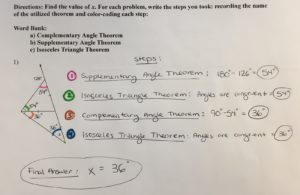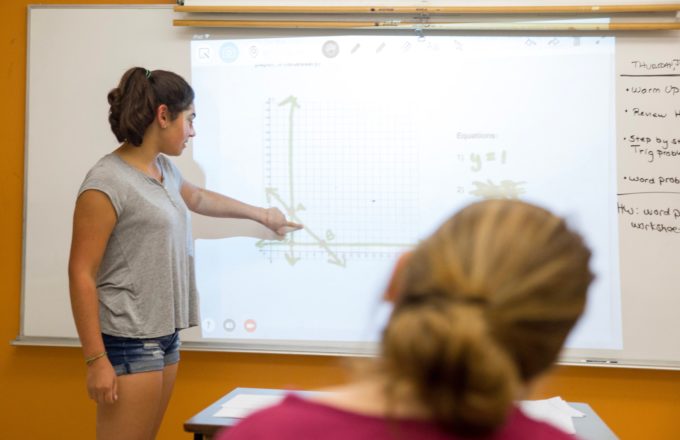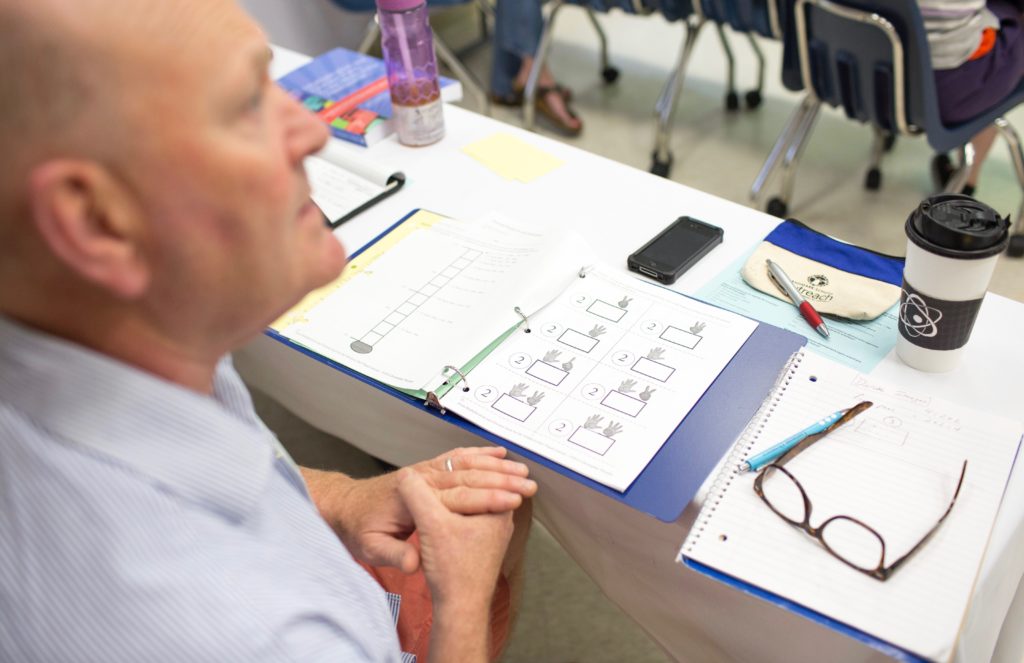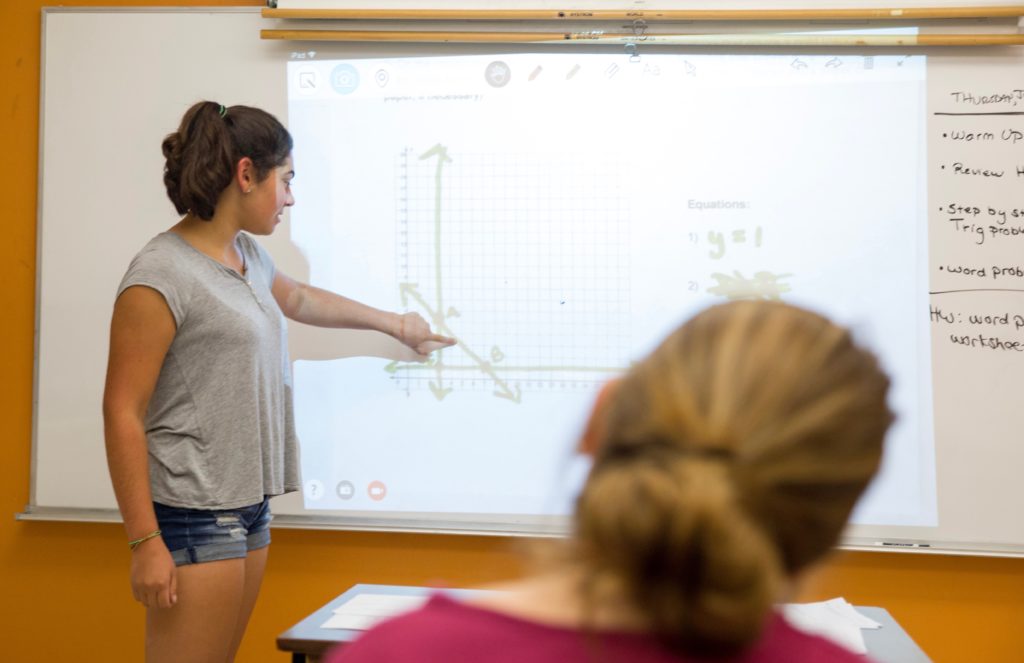The “Stickiness” Factor
In his book The Tipping Point, Malcolm Gladwell coins the phrase “The Stickiness Factor.” Described as the ability to incite sustained attention, Gladwell posits this as a key element in any item’s ability to find a foothold in popular culture. As an example, he discusses how the television producer Joan Ganz Cooney applied this element in her most successful project: Sesame Street. Through exhaustive testing and refinement, Cooney and her team identified ways to make educational programming “stickier.” By imposing slight variances to each episode segment, and having a host of children complete comprehension testing, Cooney was able to determine which adaptation led to the highest rates of comprehension. After doing so, Cooney culled the material, assembling an aggregate of segments that best eased viewers into a state of frictionless learning. Placing text in-line with patterns found from fovea-tracking technology, adjusting to ensure the four-year-old mind could logically sequence each episode’s storyline, and including an interactive dialogue, all led to higher rates of comprehension, causing Sesame Street to become the household name it is today.
It is worth reiterating that Cooney did not adjust her expectations to ensure success – she adjusted her approach. She realized that there had to be a unique, specific method to ensure her viewers would be able to engage, interpret, and internalize the content. As relevant as it was for Sesame Street in the 1960s, embedding “sticky” instruction – informed by characteristics of your target audience – is a pedagogical necessity. At the Landmark School, specific teaching methodologies have, over time, been refined to help students with Language-Based Learning Disabilities (LBLD) more fully visualize, processes, and execute demanding academic tasks. Without compromising the original goal of academic rigor, appropriate supports and strategies must be in place to help students achieve this aim. For students struggling with language or attention, “sticky” instruction that addresses any weaknesses must be intentionally embedded within the natural scope of the curriculum.
As students reach high school, the mathematical procedures they are tasked with begin to fall on an increasingly invisible plane. Students are expected to internalize vocabulary, subroutines, and procedures, employing them independently. Some students are able to internalize these structures, but for many others, this process does not occur naturally – invisible structures must be made visible. For students with executive function and working memory concerns, this is all more critical. Just as Cooney needed to refine her approach, teachers need to make small adjustments to the delivery of math content. A tool that helps teachers increase the “stickiness” of their math instruction is having students explicitly label the sequence of their steps.
The photos below exemplify this process, presenting two different approaches to completing an identical problem. For this problem, students are tasked with solving for a missing angle measure within a set of isosceles triangles. This task requires the implementation of select geometric theorems within a specific sequence to traverse from the given angle measure to the missing angle measure. What the “Unstructured Problem” may not initially present, but does, in fact, involve, is the opportunity for a vocabulary rich exercise that supports students’ ability to complete the task. As seen in the “Structured Problem,” the task has been tailored to encourage the utilization of appropriate theorems in the correct order. By providing students with a word bank and the directions to color code their diagram, they are suddenly given the vocabulary acquisition and sequencing support they need to meaningfully engage with this task. Again, the initial goal has not been jeopardized; specific instruction has been implemented to make this task more manageable. The act of explicitly labeling their steps has slowed down this process, providing students the necessary time for instructor modeled processes to seep in. The hope, over time, is that students can begin to implement these practiced strategies without direct instruction. Until then, providing “sticky” instruction, that bolsters academic weaknesses, can help students bridge this gap. When challenged to find solutions for students struggling with specific tasks, ask yourself: “how can I increase the ‘Stickiness Factor?’”
Unstructured Problem with Instructor Brainstorm:
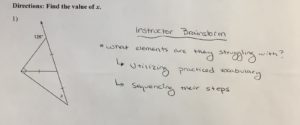
Structured Problem, making Vocabulary and Sequencing “Stickier:”
